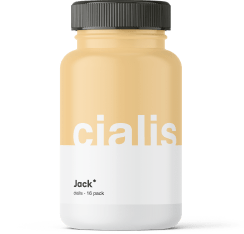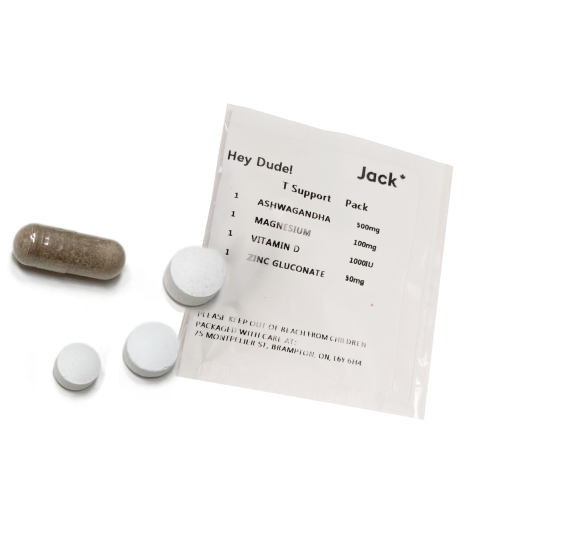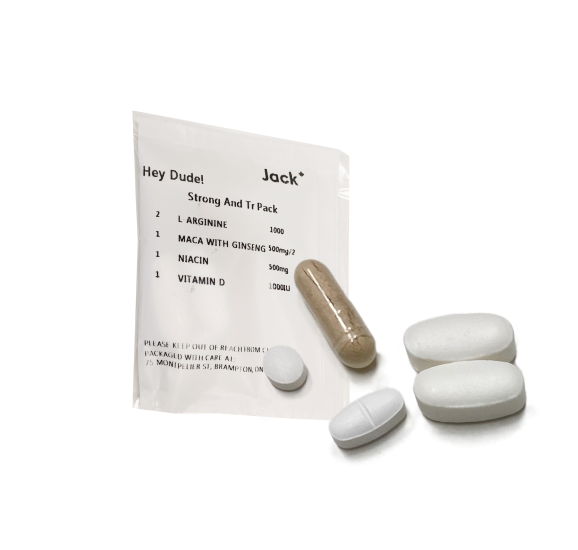Trulicity is a medication and an effective treatment option, it’s important to be aware of potential side effects. Understanding these side effects is crucial for those taking Trulicity, as it enables them to monitor their health effectively and communicate any concerns with their healthcare provider.
What is Trulicity?
Trulicity is a medication which use is intended to improve the overall health and quality of life of patients. For those new to Trulicity or considering it as a treatment option, it’s important to understand how to use it effectively. Our comprehensive guide to using Trulicity provides detailed instructions and tips to help you manage your treatment with confidence.
Common Side Effects of Trulicity
Trulicity can lead to a range of common side effects.While these side effects are generally mild to moderate and tend to subside over time, it’s important for patients to monitor their symptoms and discuss any persistent or bothersome effects with their healthcare provider.
Stomach Pain
Stomach pain is a notable side effect often associated with the use of Trulicity, This discomfort can range from mild to moderate and may manifest as aching, cramping, or general unease in the abdominal area. While this is a relatively common experience for patients on Trulicity, the intensity and frequency of the pain can vary.
This discomfort can often be managed with adjustments in diet or medication dosage.
Nausea and Vomiting
Nausea and vomiting are among the more common side effects experienced by patients using Trulicity. These symptoms can vary in intensity and frequency, potentially impacting a patient’s daily life and comfort. Nausea may present as a persistent feeling of discomfort in the stomach, often leading to vomiting in some cases.
Diarrhea
Diarrhea is a common side effect experienced by individuals taking Trulicity, This condition involves frequent, loose, or watery bowel movements, which can be inconvenient and uncomfortable for patients. The occurrence of diarrhea can vary in severity and duration among different individuals and might affect their daily activities and overall quality of life.
Staying hydrated and adjusting food intake can help mitigate this issue.
Constipation
Constipation is a known side effect for some individuals taking Trulicity. This condition is characterized by infrequent bowel movements or difficulty in passing stools, often leading to discomfort and bloating. The occurrence of constipation as a reaction to Trulicity can vary among patients, both in frequency and severity. To manage this side effect, patients are typically advised to increase their fiber intake, stay well-hydrated, and engage in regular physical activity.
Headache
Headache is a commonly reported side effect among patients using Trulicity, These headaches can range from mild to severe and may occur at different times during the treatment course. While the exact cause of headaches in relation to Trulicity is not fully understood, they are considered a relatively typical reaction to the medication. Monitoring and recording these instances can help your doctor in managing this side effect.
Hypoglycemia (Low Blood Sugar)
Hypoglycemia, or low blood sugar, is a potential side effect for patients taking Trulicity, especially when used in combination with diabetes medications like insulin or sulfonylureas. Hypoglycemia manifests as symptoms like dizziness, shaking, sweating, hunger, and confusion. This condition can be particularly concerning as it affects the body’s energy levels and overall functioning.
Patients using Trulicity are advised to monitor their blood sugar levels regularly to promptly identify any instances of hypoglycemia. It’s essential to regularly check blood sugar levels.
Serious Side Effects of Trulicity
Trulicity, while effective can also lead to serious side effects in some cases. These include severe allergic reactions, characterized by swelling of the face, lips, or tongue, difficulty breathing, and severe skin rashes.
It’s crucial for patients to be aware of these risks, closely monitor their health, and promptly report any alarming symptoms to their healthcare provider. This vigilance is key to ensuring safe and effective diabetes management with Trulicity.
Allergic Reactions
Allergic reactions are significant side effects to be aware of when using Trulicity, These reactions can vary in severity, ranging from mild symptoms like itching and rashes to more serious conditions such as anaphylaxis, characterized by swelling of the face, lips, or tongue, and difficulty breathing. If any signs of an allergic reaction are noticed, immediate medical attention is crucial.
Kidney Disease or Damage
Kidney disease or damage is a concerning side effect associated with the use of Trulicity. Although relatively rare, this serious condition can manifest as a decline in kidney function, evidenced by symptoms such as changes in urine output, swelling in the legs or ankles, fatigue, or difficulty in concentrating.
The risk may be heightened in patients with pre-existing kidney conditions or those taking other medications that affect kidney function.
Liver Injury
Liver injury is a rare but serious side effect associated with Trulicity, This condition can manifest as symptoms like fatigue, loss of appetite, abdominal pain, jaundice (yellowing of the skin or eyes), and dark urine. Liver injury from Trulicity is not common, but it is important for patients to be vigilant about these symptoms.
Thyroid Cancers (Medullary Thyroid Carcinoma)
Thyroid cancers, specifically Medullary Thyroid Carcinoma (MTC), have been identified as a potential but rare side effect in patients using Trulicity. While the incidence is low, the risk is significant enough to warrant attention. Symptoms of MTC can include a lump or swelling in the neck, difficulty swallowing, hoarseness, and persistent cough.
Patients with a personal or family history of thyroid cancer or Multiple Endocrine Neoplasia syndrome type 2 (MEN 2) are advised to discuss these risks thoroughly with their healthcare provider before starting Trulicity.
In addition to being aware of the serious side effects, it’s also interesting to note that some patients experience weight changes.
Trulicity Long-term Side Effects and Risks
The long-term use of Trulicity can present certain risks and side effects that warrant attention. Prolonged treatment may increase the likelihood of developing serious conditions such as thyroid tumors, including Medullary Thyroid Carcinoma, and potential kidney damage.
Given these potential long-term risks, it is crucial for individuals on Trulicity to maintain regular check-ups and monitoring with their healthcare provider.
Potential Impact on Other Chronic Conditions
Long-term use of Trulicity could affect other chronic conditions. It’s vital to regularly consult with healthcare professionals about your overall health.
Monitoring Long-term Health
Monitoring long-term health is crucial for individuals on Trulicity. Given the potential for serious side effects, patients must engage in regular health check-ups and screenings. This includes routine blood sugar level monitoring, periodic kidney function tests, thyroid examinations, and cardiovascular assessments.
Keeping track of any changes in symptoms or overall health helps in early detection and management of potential complications. It’s also important for patients to maintain open and regular communication with their healthcare providers, discussing any concerns and adapting their treatment plan as needed.
Trulicity Dosage
Determining the correct dosage of Trulicity is crucial for its effectiveness and minimizing side effects. For detailed insights on Trulicity dosage, including how to adjust it based on your health needs, visit our dedicated page on this topic.
Trulicity dosage is an essential aspect of its effective use. The medication is typically administered as a once-weekly injection, with the dosage amount varying based on individual patient needs and treatment goals.
Proper dosage ensures optimal effectiveness of the medication while minimizing the risk of side effects and complications. Regular monitoring and consultation with a healthcare provider are key to determining the most effective and safe dosage for each individual.
Drug Forms and Strengths
Trulicity comes as a liquid solution inside disposable pens. You’ll receive Trulicity as a subcutaneous injection (an injection under your skin) once per week.
There is one dose per pen, and each pen delivers the entire dose in one injection. For each new dose, you’ll need a new pen.
Trulicity is available in four strengths:
- 0.75 milligrams (mg) per 0.5 milliliters (mL) of liquid solution
- 1.5 mg per 0.5 mL of liquid solution
- 3 mg per 0.5 mL of liquid solution
- 4.5 mg per 0.5 mL of liquid solution
The typical dosage range for Trulicity is 0.75 mg to 4.5 mg once per week. The usual starting dose is 0.75 mg. After you start using Trulicity, your doctor will monitor your blood sugar levels to see how the drug is working. If needed, they may suggest a dose increase to help with lowering your blood sugar levels.
Dosage for Lowering Blood Sugar Levels in Type 2 Diabetes
The typical starting dosage of Trulicity for this use is 0.75 mg once per week. During treatment, your doctor will monitor your blood sugar levels. They may increase your dosage if needed to better manage your condition. The maximum Trulicity dosage to help lower blood sugar is 4.5 mg once per week.
Dosage for Reducing Cardiovascular Risks in Type 2 Diabetes
Trulicity is also prescribed to lower the risk of major heart problems in adults with type 2 diabetes. This use is for people who have heart disease or are at risk for heart disease, in addition to having type 2 diabetes.
The dosage for this use is the same as it is for lowering blood sugar levels in people with type 2 diabetes.
Trulicity Interactions
Trulicity interactions are an important consideration for patients. As with many medications, Trulicity can interact with other drugs, affecting its effectiveness or increasing the risk of side effects. It’s particularly crucial to be aware of interactions with medications that lower blood sugar, such as insulin or sulfonylureas, as these can heighten the risk of hypoglycemia.
Trulicity and Other Medications
If you’re taking Trulicity (dulaglutide) be aware of potential medication interactions, especially if you’re starting or already using other drugs. Trulicity, a once-weekly injection, However, it can interact with various medications, necessitating dosage adjustments or increased monitoring. Key interactions include:
- Insulin: Both insulin and Trulicity lower blood sugar, but their combined use can lead to hypoglycemia (low blood sugar), with symptoms like fast heartbeat, sweating, and shakiness. Your healthcare provider might adjust your insulin dosage to minimize this risk.
- Sulfonylureas (e.g., glipizide, glimepiride, glyburide): These medications also increase insulin release, raising hypoglycemia risk when used with Trulicity. Dosage adjustments may be needed.
- Glinides (e.g., nateglinide, repaglinide): Similar to sulfonylureas, glinides increase insulin release and can cause hypoglycemia when combined with Trulicity.
- Fluoroquinolones (e.g., ciprofloxacin, levofloxacin, moxifloxacin): These antibiotics can affect blood sugar levels, leading to hyperglycemia (high blood sugar) or hypoglycemia, especially when taken with Trulicity.
- Thiazide Diuretics (e.g., hydrochlorothiazide, chlorothiazide): Known as “water pills,” these can increase blood sugar levels, potentially affecting Trulicity’s efficacy.
- Other Oral Medications: Trulicity slows gastric emptying, which can delay the absorption of oral medications into the bloodstream. This is particularly crucial for drugs where small changes in blood levels have significant effects, like warfarin.
Regular blood sugar monitoring and communication with your healthcare provider are essential to manage these interactions effectively.
It’s vital to understand how Trulicity can interact with other medications. Always inform your doctor about all the drugs you’re taking to avoid any harmful reactions.
Trulicity and Foods
When taking Trulicity (dulaglutide) no specific foods need to be avoided, but some dietary choices can help minimize side effects and enhance the drug’s effectiveness. Key considerations include:
- Alcohol: It lowers blood sugar levels, and when consumed, the liver prioritizes metabolizing alcohol over maintaining blood sugar. This can lead to hypoglycemia, especially since Trulicity also lowers blood sugar. Symptoms like dizziness, drowsiness, or fainting may occur. Additionally, alcohol increases the risk of pancreatitis, a serious side effect of Trulicity.
- Refined Grains: Simple carbohydrates, such as white flour, bread, rice, or corn grits, can spike blood sugar, making it harder for Trulicity to control diabetes. These foods lack essential nutrients like dietary fiber, iron, and B vitamins. Opt for unrefined options like brown rice, quinoa, oatmeal, or whole grain bread and cereals.
- Foods High in Saturated Fat: Fast food, ice cream, and milkshakes, rich in saturated fats, can slow down digestion. This might exacerbate symptoms of slow stomach emptying, such as bloating, nausea, vomiting, and stomach cramping, when combined with GLP-1 receptor agonists like Trulicity. Choosing healthy fats can help reduce these side effects.
Discuss with your healthcare provider about any necessary diet adjustments to optimize your treatment.
Comparative Side Effects with Other Diabetes Medications
Trulicity vs. Other GLP-1 Agonists
Compare the side effects of Trulicity with other GLP-1 agonists. This can help you assess the best treatment option for your condition. Trulicity (dulaglutide) and other GLP-1 (Glucagon-Like Peptide-1) agonists can have different side effect profiles. Here’s a comparison:
Trulicity (Dulaglutide):
- Common side effects include nausea, diarrhea, vomiting, abdominal pain, and decreased appetite.
- May cause a reduction in blood sugar levels, especially when combined with other diabetes medications.
- Risk of severe gastrointestinal issues.
- Rare but serious side effects include pancreatitis, kidney problems, and severe allergic reactions.
Other GLP-1 Agonists (e.g., Victoza/Liraglutide, Byetta/Exenatide, Ozempic/Semaglutide):
- Similar gastrointestinal side effects: nausea, vomiting, diarrhea, and abdominal pain.
- Liraglutide (Victoza) and Semaglutide (Ozempic) are also associated with a risk of pancreatitis.
- Exenatide (Byetta) may cause additional side effects like dizziness and headache.
- Semaglutide (Ozempic) has been linked to a higher risk of retinopathy complications in some patients.
- Injection site reactions can occur with all GLP-1 agonists but may vary in frequency and severity.
Trulicity vs. Insulin
While Trulicity and insulin both manage blood sugar levels, their side effects and use can differ significantly. Understanding these differences is key in your diabetes management.
Both Trulicity and insulin can cause low blood sugar (hypoglycemia) and associated symptoms like weakness, lack of energy, shaking, rapid breathing, hunger, irritability, sweating, etc. Severe hypoglycemia mainly occurs with insulin and more rarely with Trulicity.
On the other hand, Trulicity may cause the following side effects that are not present in insulin therapy: nausea, vomiting, abdominal pain, loss of appetite, diarrhea, constipation, bloating, gastrointestinal reflux and others.
How to Deal with Trulicity Side Effects
Managing the side effects of Trulicity (dulaglutide), is crucial for maintaining comfort and ensuring the effectiveness of the treatment. Understanding how to mitigate these effects not only enhances the drug’s tolerability but also ensures optimal diabetes management.
Tips for Minimizing Gastrointestinal Discomfort
To mitigate gastrointestinal discomfort, consider adjusting your diet and eating habits. Small, frequent meals can often reduce symptoms like nausea or abdominal pain.
Strategies for Injection Site Care
Proper care of the injection site can prevent irritation and infection. Clean the area before and after each injection and rotate the injection sites regularly.
When to Seek Medical Attention
If you experience severe or persistent side effects, it’s crucial to seek medical attention. Contact your doctor or go to the nearest emergency room if you suspect a serious reaction.
Key Takeaways
- Common Side Effects: Trulicity can cause stomach pain, nausea, vomiting, diarrhea, constipation, and headaches. These side effects are usually mild to moderate but can vary in intensity and frequency.
- Serious Side Effects: While rare, Trulicity can lead to severe allergic reactions, kidney disease or damage, liver injury, and thyroid cancers like Medullary Thyroid Carcinoma. It’s crucial to monitor for symptoms and seek immediate medical attention if they occur.
- Managing Side Effects: To minimize gastrointestinal discomfort, adjust your diet to smaller, more frequent meals and stay hydrated. For injection site care, maintain cleanliness and rotate injection sites. Always consult your healthcare provider for any persistent or severe side effects.
- Interactions and Comparisons: Trulicity can interact with other medications, potentially affecting blood sugar levels. When comparing Trulicity with other GLP-1 agonists or insulin, consider their different side effect profiles and consult with your healthcare provider to determine the most suitable treatment for your condition.
Frequently Asked Questions
How Long Do Trulicity Side Effects Last?
Trulicity can cause certain side effects (also called adverse effects), some of which are more common than others. These side effects may be temporary, lasting a few days or weeks. But if the side effects last longer than that, bother you, or become severe, be sure to talk with your doctor or pharmacist.
What Happens When You Overdose on Trulicity?
Overdose symptoms of Trulicity can include: nausea. vomiting. hypoglycemia (low blood sugar levels). Know the signs and get immediate medical help if you suspect an overdose.
Does Trulicity Make You Tired?
Fatigue can be a side effect of Trulicity. If you experience significant tiredness, discuss this with your healthcare provider for potential solutions.
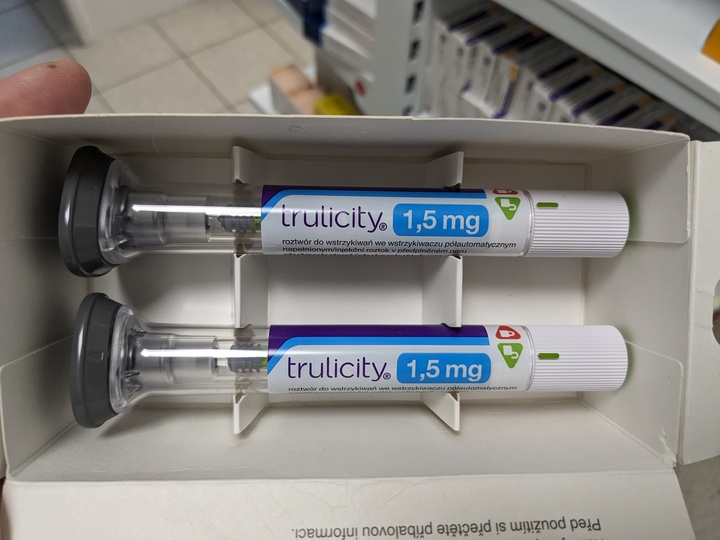




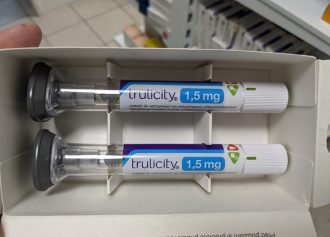







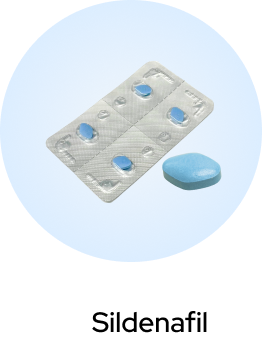
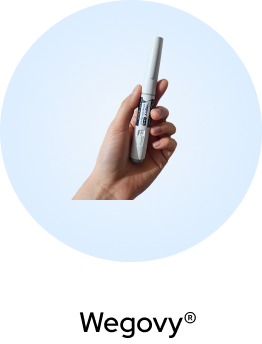
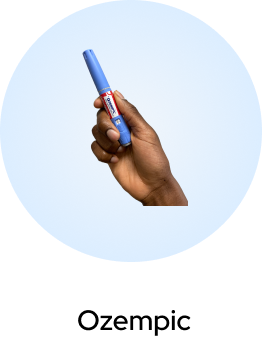


 (US)
(US)